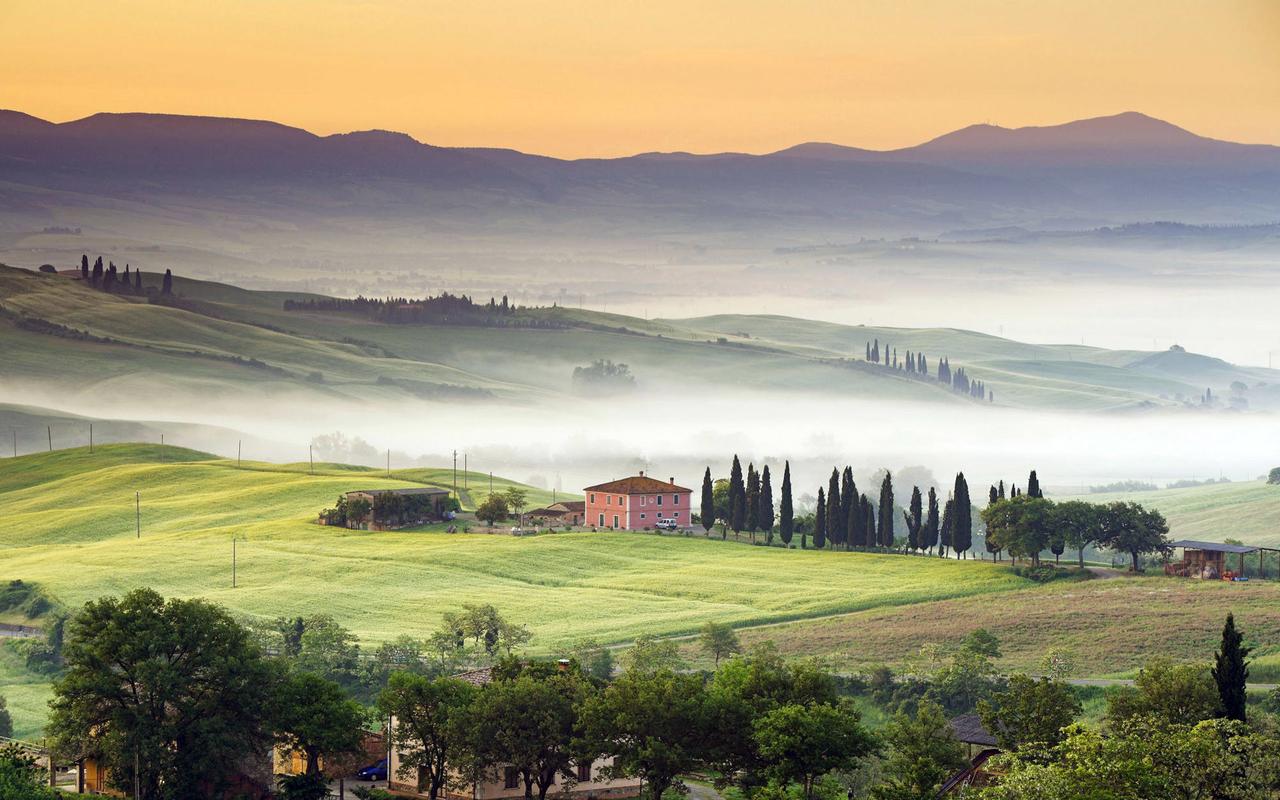The Enduring Legacy of WW1: Examining Its Cultural Impact
The First World War, or WW1, is considered one of the most significant events of the 20th century. The conflict, which lasted from 1914 to 1918, affected the lives of millions of people and reshaped the political and social landscape of Europe and beyond. The aftermath of the war would also have a lasting impact on the cultural sphere, from literature and music to art and film. In this article, we will explore the enduring legacy of WW1 and how it influenced the cultural production of the time and beyond.
Impact on Literature
The war had a profound impact on the literary scene, with many authors using their experiences of the conflict as a source of inspiration. One of the most famous works to emerge from this period is Erich Maria Remarque’s “All Quiet on the Western Front,” which provides an unflinching portrayal of the horrors of trench warfare. Other notable works include the war poetry of Wilfred Owen and Siegfried Sassoon, which vividly capture the brutality of the front lines and the impact of the conflict on soldiers’ mental health.
The war also had a transformative effect on language. The introduction of new technology, such as tanks and airplanes, led to the development of new terms that have since become a part of our everyday vocabulary. At the same time, the experience of the war gave rise to the “Lost Generation,” a term coined by Gertrude Stein to describe the disillusionment felt by many young people in the aftermath of the conflict.
Impact on Music
The war also had a significant impact on the music of the time. Many composers, such as Maurice Ravel and Igor Stravinsky, were deeply affected by the conflict and created works that reflected the turmoil of the period. Others, such as Benjamin Britten, composed pieces that directly addressed the horrors of the war, such as the War Requiem, which interweaves the Latin Mass for the Dead with poetry by Wilfred Owen.
Impact on Art and Film
The war had a profound impact on the visual arts, with artists experimenting with new techniques and styles in response to the conflict. In particular, the Dada movement emerged in the aftermath of WW1, reflecting the disillusionment and rejection of traditional values that many felt in the wake of the conflict. Other notable works from the period include the cubist paintings of Georges Braque and Pablo Picasso and the expressionist pieces of Egon Schiele and Otto Dix.
The war also had a significant influence on the film industry. In the years following WW1, cinema emerged as a dominant form of entertainment, with filmmakers using the medium to explore themes of war and its impact on society. One of the most famous examples of this is “All Quiet on the Western Front,” which was adapted from Remarque’s novel and remains a classic of the war film genre.
Conclusion
The enduring legacy of WW1 is evident in the cultural production of the period and beyond. From literature and music to art and film, the conflict had a profound impact on the creative output of the time and left an indelible mark on the cultural landscape of the 20th century. By examining the ways in which the war transformed these fields, we can gain a deeper understanding of the complex and far-reaching effects of this conflict.
(Note: Do you have knowledge or insights to share? Unlock new opportunities and expand your reach by joining our authors team. Click Registration to join us and share your expertise with our readers.)
Speech tips:
Please note that any statements involving politics will not be approved.
